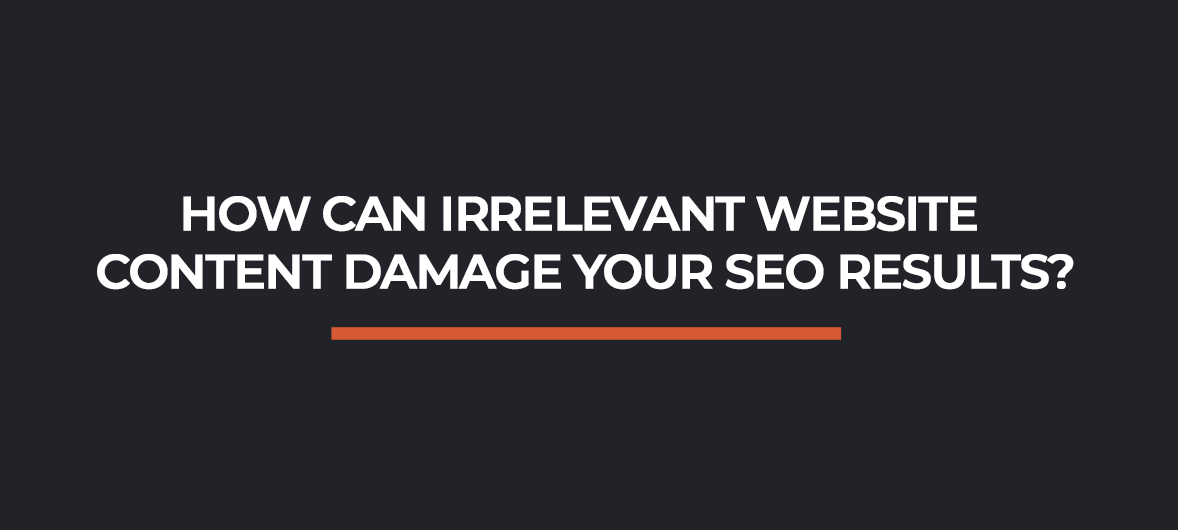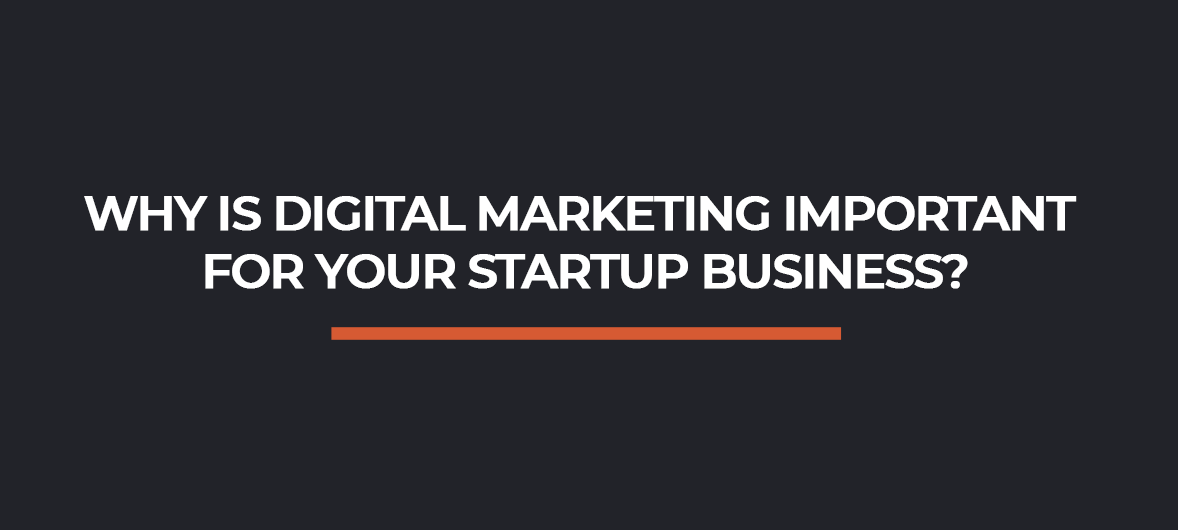How to create relevant content for your website
Monitor the competition
Find out the questions searchers are asking
Social media and even Google itself can help you answer this one. You could start by typing a question into the search bar and seeing what’s suggested. It might be that other people are searching for something similar, if not the same. If you find that it’s a question that’s asked often, then you could create content around that.
For example, if you owned a tyre fitting business and started typing into Google “how are tyres fitted?” then you might discover that it’s a question a lot of people are asking. As such, you could create a blog post with exactly that title and answer the question. This way, you’ll also have a chance to appear in the Google Answer Box – the best place for your content to be when it comes to exposing your business online.
If you answer this popular question in an article, not only are you giving everyone the information they’re after, but it’s also highly-relevant to your business and what it is you do. As such, you could create similar content around the same question, if the first one performed well enough.
You should think about who, what, when, where, how and why when it comes to thinking about the questions your prospective customers are asking. For example, the first question is “how are tyres fitted?”, but there are some variations to that question that still touches on the same topic, such as:
- “When should I have new tyres fitted?”
- “Who will fit my tyres?”
- “What should I do if I need new tyres fitted?”
- “Why do I need to have new tyres fitted?”
- “Where can I have new tyres fitted?”
Regardless of the industry you work in, this method of finding out the questions your customers are asking is the most ideal one, especially if you don’t have copious amounts of time to throw at keyword research or content creation.
If you don’t have the time, but still wish to reap the same results, then you should look to a digital marketing specialist for help with generating relevant, informative, professionally-written content. Andy Morley and his committed team are on hand to take care of that for you, giving you more time to focus on what it is you do best.
Use social media sites for inspiration
- What are people engaging with? – photographs, posts, articles etc
- How are they engaging with it? – commenting, liking, sharing etc
- If they commented, what did they say? – they might have asked a question or made a suggestion to make a business run more efficiently
Understand the user’s intent
- Act on a ‘call to action’ – “shop online with us today”
- Gather knowledge – looking up reviews online
- See through a purchase – buy the product or pursue the service you’re advertising
Make a list of keywords & phrases
Gathering a list of keywords and phrases is far more complicated than it might first seem. You’ll need the help of Google Analytics, Google Search Console, Google Keyword Planner and other programmes in order to gather the information you need.
It can be overwhelming and be extremely time-consuming to compile a specific list of targeted keywords, which is why a lot of business owners leave this part to the experts in the industry.
However, if you wish to do keyword research yourself, then there are a few other ways in which you can make a keyword list. You should start by asking yourself a couple of questions before delving further into your research:
- What am I selling?
- What solution are my customers searching for?
Work on SEO & optimisation
SEO is a key factor when it comes to getting your website noticed and having it displayed as high up as possible on the search engine results pages (SERPs). Part of SEO is ensuring that your website is littered with keywords and phrases.
However, you must be careful not to “stuff” your copy with keywords. This could have a negative impact on your website’s performance as Google will think it’s, essentially, spam. If it thinks it’s spam then your site will end up being pushed extremely far down in the SERPs, which you don’t want.
Each page on your website should target specific keywords, especially if you offer a variety of services. For example, you could own a florist in Derby and your website could have multiple service or product pages. Therefore, you only want one general keyword and all the rest to be as specific as possible for each page.
You could have one page for wedding flowers, another for funeral flowers and another for other occasions. The ‘other occasions’ page could have subpages below that, such as Mother’s Day flowers, birthday flowers, Valentine’s Day bouquets and so on. For each one of those pages you’ll need to include unique keywords.
Some of the keywords you could use for each page are as follows:
- Wedding flowers in Derby
- Funeral flowers in Derby
- Occasion flowers in Derby
- Valentine’s Day flowers in Derby
- Birthday flowers in Derby
- Mother’s Day flowers in Derby
- Put a keyword in the title of the page
- Put a keyword in the header (H1)
- Put a keyword or two in the copy itself
- Put a keyword in the subheading (H2)
- Put a keyword in the meta description
- Put a keyword in any image alt tags
Add keywords to your meta description
A meta description refers to the code that sits in the header of your website page. The meta description essentially tells both the search engine and those searching for it what the page is all about. Where meta descriptions won’t boost SEO directly, it certainly helps with generating organic traffic.
Including keywords in the meta description ensures that your website will be displayed in the SERPs and as high up the page as possible. The higher your website ranks, the more likely it is that someone will come across your site.
For example, let’s say you own a cleaning business based in Nottingham and you want to target local people in the area, then you should look to include “cleaners in Nottingham” in your meta description.
Not only will this generate relevant traffic, but it will also draw in specific people who are looking for cleaning services in Nottingham. If you include this keyword/phrase in the meta description then it’s highly-likely your site will be displayed further up in the SERPs and will subsequently be clicked on.
Andy Morley is a dedicated digital marketing specialist with over two decades of knowledge and expertise to draw upon. If you find that you’re too busy to focus on SEO or if you’re not sure exactly how to go about it, then get in touch with Andy today. As well as exceptional SEO services, Andy can also provide PPC services, website design services and graphic design services.




















